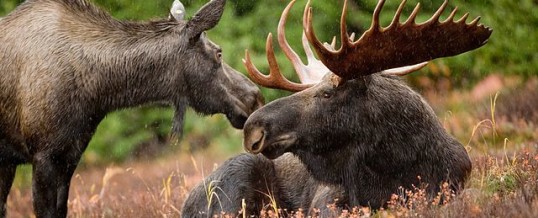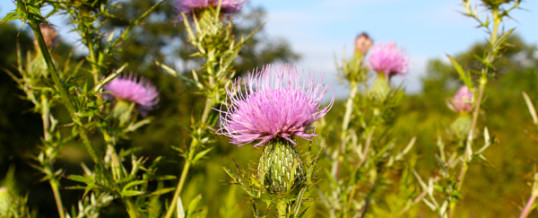Moose populations across North America are experiencing a sharp decline, and the exact cause is a mystery.
“What exactly has changed remains a mystery. Several factors are clearly at work. But a common thread in most hypotheses is climate change.
Winters have grown substantially shorter across much of the moose’s range. In New Hampshire, a longer fall with less snow has greatly increased the number of winter ticks, a devastating parasite. “You can get 100,000 ticks on a moose,” said Kristine Rines, a biologist with the state’s Fish and Game Department.
In Minnesota, the leading culprits are brain worms and liver flukes. Both spend part of their life cycles in snails, which thrive in moist environments.
Another theory is heat stress. Moose are made for cold weather, and when the temperature rises above 23 degrees Fahrenheit in winter, as has happened more often in recent years, they expend extra energy to stay cool. That can lead to exhaustion and death.
In the Cariboo Mountains of British Columbia, a recent study pinned the decline of moose on the widespread killing of forest by an epidemic of pine bark beetles, which seem to thrive in warmer weather. The loss of trees left the moose exposed to human and animal predators.”

